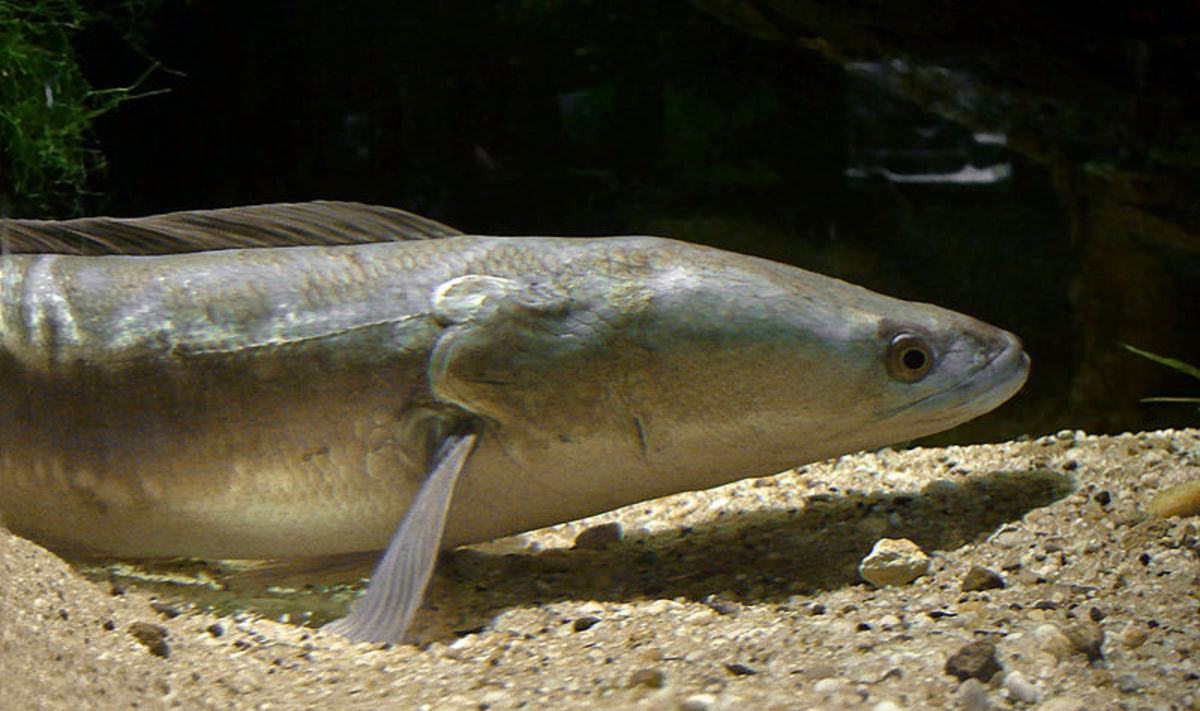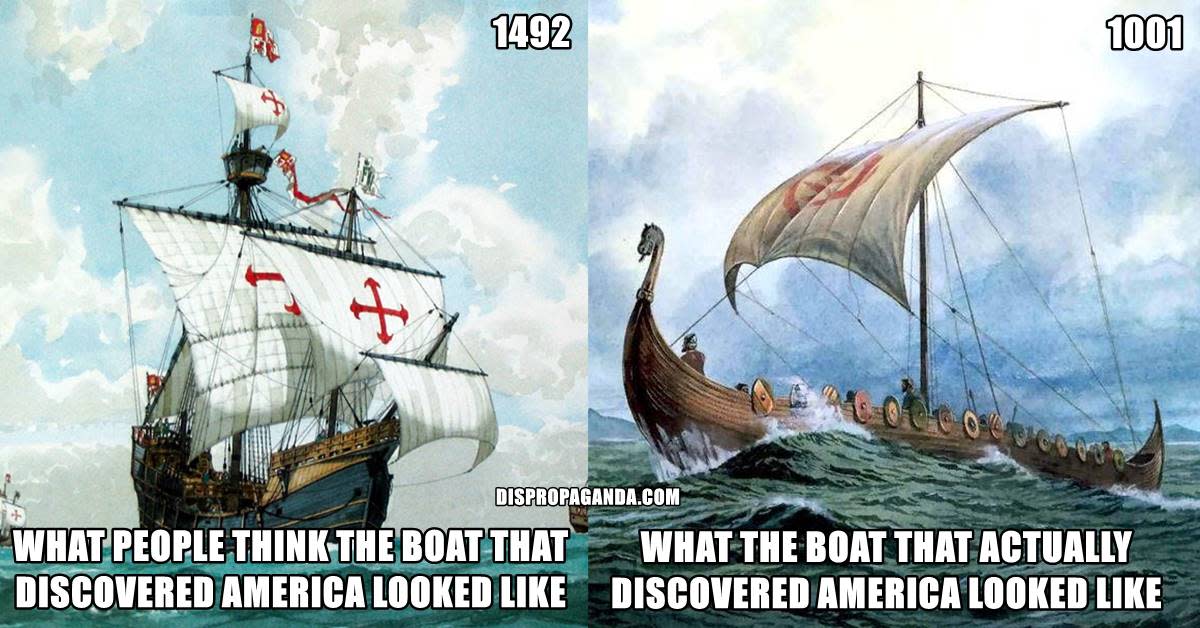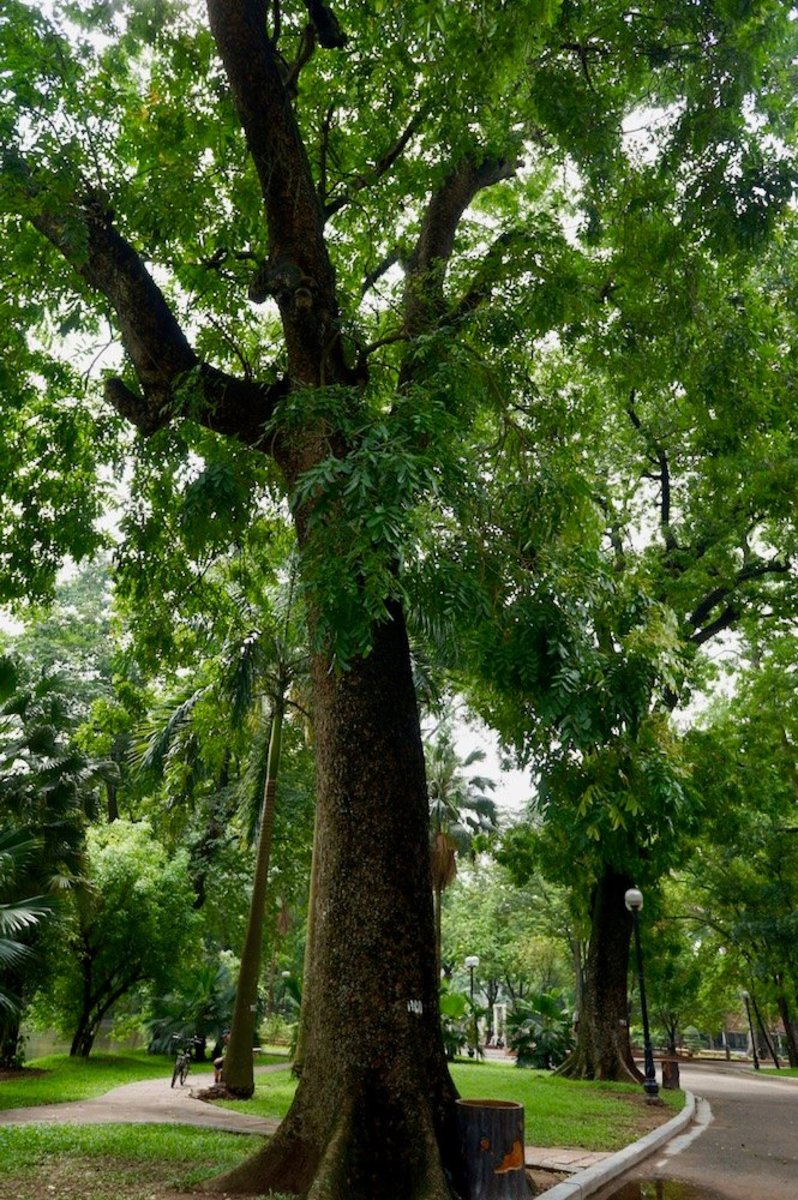Reconstructing Healthy Ecosystems in North America
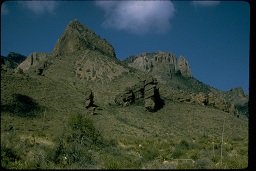
Before European Settlement
When you hear a lecturer or read in scientific literature the opening phrase, "Before European settlement....", the speaker/author is winding up a pitch to describe his belief in how an ecosystem functioned optimally in the past - prior to the advent of European presence in North America. He then typically relates how he believes European influence degraded that ecosystem and then describes how his land/management application will bring that ecosystem back towards that optimal past. He then describes the scientific approach of his study, what is observable, measurable, and repeatable with a conclusion on if his management application brought him closer to that believed state. The question is, how did he get those beliefs in the first place and what world view does he have to arrive at those beliefs?
Having been one of those scientists, I can tell you that he was educated in these beliefs at his respective university and reinforced with the scientific literature he read while in school and afterwards in his career. The general belief is that in North America, the indigenous people had very little effect on the land and that natural processes created the healthiest ecosystems. The world view that created these beliefs was not articulated, but I believe the under tone was that humanity arrived late on the evolutionary scene. Humans destroy healthy ecosystems. Indigenous people in North America were too few and not technologically advanced enough to change the ecosystems they lived in, therefore the earliest European descriptions of the New World give us insight into healthy ecosystems. Also, isolated areas (called relic areas) with little European influence are believed to have characteristics of these past healthy ecosystems and are worthy of study to combine with early European descriptions.
Early in my career I used Natural Resource Conservation Service (then SCS) Range Site Guides to envision a healthy ecosystem and compare it with the plant species I found on any given landscape to determine ecosystem health.
But What About Europe?
Also early in my career, I wondered how Europeans measured the health of their ecosystems. Obviously they could not use the caveat "Before European settlement...". They were, afterall, Europeans living in Europe. I seized my chance in April of 2001 while attending an Air Force workshop in Florida on how to conduct environmental assessments. There was an Englishman in the class who worked at an American airbase in England and was at the training in Florida. During lunch, I explained to him how I was educated in the "Before European Settlement" approach to reconstruct healthy ecosystems. So my question to him was, how do people in Europe measure the health of their ecosystems? What do they use as a baseline? He paused for a good 20 seconds, which caught me off guard because he was an extreme extravert and good communicator. He explained that since there were so many different civilizations at different times in Europe (and England), one considered their influence unbiased and as part of the landscape. Culture and natural resources were view as intertwined. He then asked me, how was I so sure that civilizations before mine did not already have a pronounced affect on the landscape in North America? I too paused for about 20 seconds and weakly countered with what I have been taught - the people were too primitive and too few to have any affect. He did not seem convinced and our conversation drifted to another topic. But, his question stuck with me.
While I have not pursued the scientific literature with vigor, I do see from time to time in the scientific literature support for the Englishman's question. Many of America's national parks and wilderness areas were established with the belief that with humans removed, or at least minimizing their influence, ecosystem health would be maintained or restored. Some of those parks have early written records describing what the ecosystems looked like when they were established. For some of them, what is there now is less healthy. The role of humans, for good or bad, is being reconsidered.
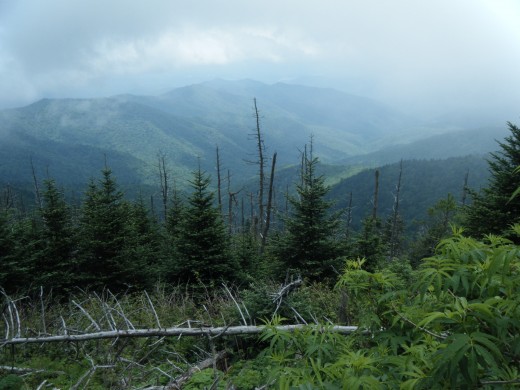
There Is Another Framework Out There
Allan Savory and Jody Butterfield offer another framework to assess ecosystem health in Holistic Management: A New Framework for Decision Making. Like the Englishman, the authors also question the perception that past civilizations had minimal effects on the land. In fact, for arid to semi arid locations, the authors postulate that what is seen today and considered healthy may have much more potential.
From the authors, the health of an ecosystem is measured by first considering the amount of annual precipitation, the distribution of that precipitation, and levels of humidity over the course of the year. The distinction is made that ecosystem processes are much different for ecosystems that are wetter/more humid, verses drier/less humid. In short, the former can rely on micro organisms for biological decomposition to cycle carbon and minerals, while the latter requires animals, particularly large ungulates, to cycle carbon and minerals. There are also different soil dynamics between the two thus affecting the water cycle. Therefore ecological health is an assessment of the ecosystem processes of the water cycle, mineral cycle, energy flow (carbon cycle) and community dynamics (succession of plants and animals). The assessment is different for wetter/humid than drier/less humid climates and vice versa. Their work details both plant, animal, and soil conditions to observe to determine the health of an ecosystem.
Admittedly, much of their work has been in the arid/drier regions than the wetter/humid regions. People have been applying their work in North America since 1984 with remarkable results. I've had the privilege of working with ranches and touring ranches that have adopted Savory's assessments and management model. These land managers evaluated their ecosystem's health and have applied land management tools towards a holistic goal that included healthy ecosystems. What has appealed to me is that the Savory approach to evaluating ecosystem health is testable by the scientific method of being measurable, observable, and repeatable as opposed to the "Before European Settlement" model, which relies on written historical records and relic areas. The latter model is philosophical and because it can only look in the past, is not repeatable and outside of the scientific method.
Literature Cited
Holistic Management: A New Framework for Decision Making by Allan Savory and Jody Butterfield, 1999. Island Press, Washington, D.C.


